The emphasis and scrutiny on safety in the workplace is increasing every day, and although significant advancements have been made in the field of fall protection, Canada (and specifically, Saskatchewan) still lags behind our neighbors in the US and significantly lags behind many European countries. One area of fall protection that is often misunderstood and overlooked is the design, installation, and maintenance of permanent roof top anchors.
Saskatchewan OH&S regulations require fall protection to be present anytime a worker could fall 3m or more. This means that most buildings could benefit from having permanent roof top anchors for workers to tie to while working near the leading edge. Furthermore, many multi-story buildings require rooftop anchors to allow for window washing and maintenance. It is important to consider the need for these anchors during the design phase of new buildings. The cost of installing these anchors during a new build, when structural members are exposed and accessible is significantly lower than having to open up a sealed roofing system to install them once the building is completed. So, what do designers, owners, and users need to know about permanent rooftop anchors?
According to the Saskatchewan OH&S regulations, a permanent rooftop anchor must have an ultimate load capacity of at least 22.2 kN (5000 lbs). Given this requirement, most of the anchors on the market are rated for at least 5000 lbs, so why is it even important to be aware of this requirement? Although the anchor itself might be rated for 5000 lbs, the substrate that it is fastened to and the fasteners themselves must also be capable of supporting a 5000 lb load. With the ever increasing liability placed on owners and designers, this means that it is always a good idea to have a professional engineer review the design prior to installation. The best resource for fall protection engineers is the CSA standards, and any engineer who is designing a permanent rooftop anchor should have in-depth knowledge of CSA Z259.16 (“Design of Active Fall Protection Systems”). For anchors intended for suspended access, CSA Z271 (“Safety Code for Suspended Platforms”) is a terrific resource.
In regards to installation, permanent rooftop anchors should be installed as per the manufacturer or supervising engineer’s instructions and should always be installed by competent workers who have experience with fall protection systems. CSA fall protection standards are unique in that they require sealed as-built drawings, which is meant to ensure that the certifying engineer is involved throughout the entire project and properly reviews the installation once completed.
Once the anchors are installed, it is important that they are maintained properly. All permanent roof top anchors should be inspected at least annually by a professional engineer or a qualified person under the supervision of an engineer. It is important for building owners to ensure that these inspections are carried out each year to keep users safe and to limit liability.
As awareness of fall protection increases throughout the province and country, Northern Strands is here to provide our industry-leading expertise and exceptional customer service to ensure that everyone goes home safe at the end of the work day.
Contact us to learn more about engineered fall protection systems.
Phone 306-242-7073
Email lifelines@northernstrands.com
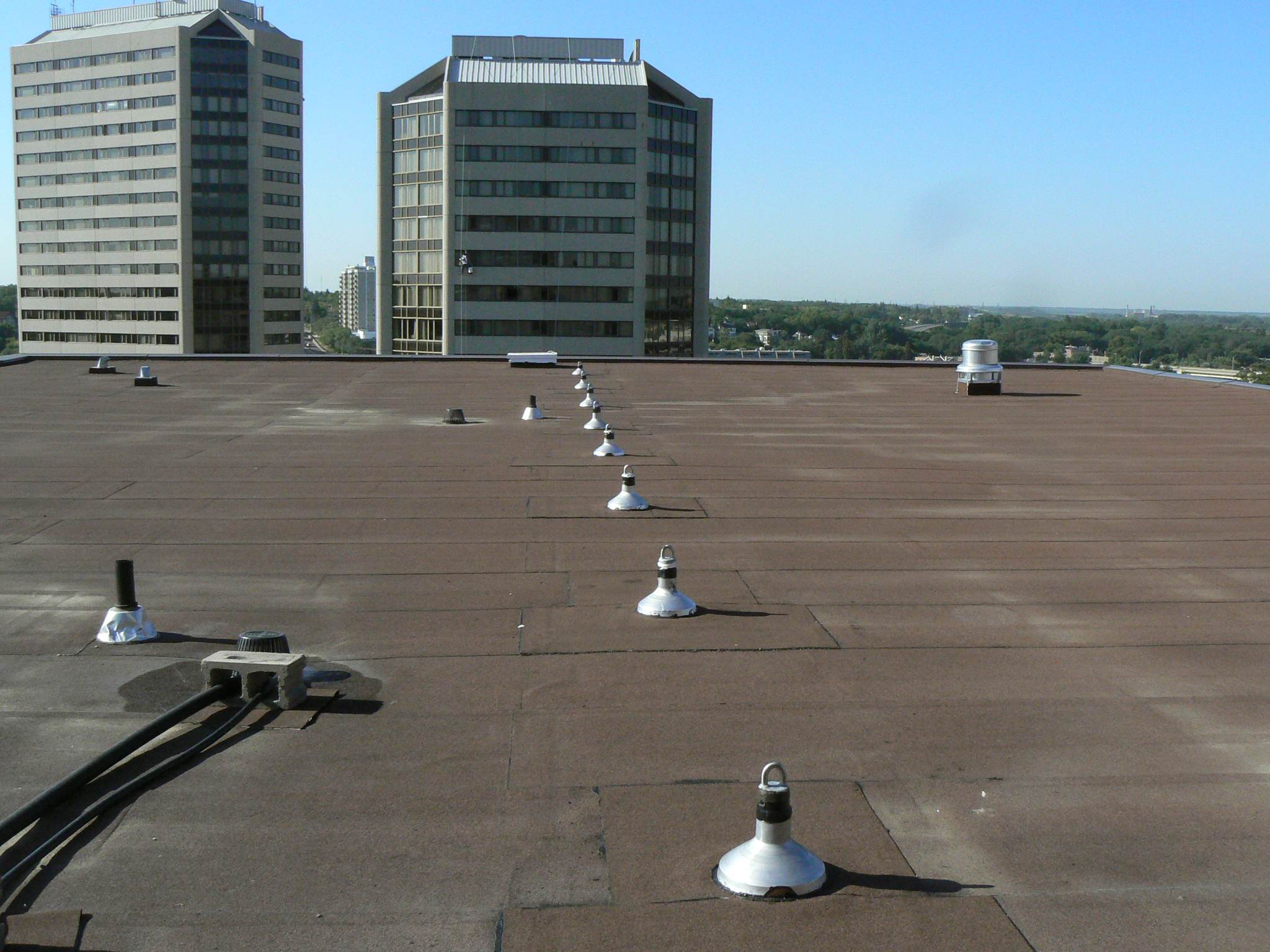
The curious thing about fall protection used by most construction companies today is that a great while a great many of us know that it is currently workplace law in the province of Saskatchewan to wear a full-body harness when working at heights, we fail to realize that there is often more to consider.
We might also know that the soles of our feet need to be over the 3m/10’ threshold before it becomes law to use fall protection on non-permanent work areas, but what many of us do not realize is that the law also states that a fall protection plan is in place under these very same circumstances.
Furthermore, the law sets out what this fall protection program has to cover:
- The fall hazards at the work site
- The fall protection system to be used at the worksite
- The procedures used to assemble, maintain, inspect, use and disassemble the fall protection system
- AND, the rescue procedures to be used if a worker falls, is suspended by a personal fall arrest system or safety net and needs to be rescued.
A copy of this written documents must be readily available before work begins at a worksite where a risk of falling exists and the employer is responsible to ensure that all workers are trained in the fall protection plan and safe use of the fall protection system before allowing the worker to work in an area where a fall protection system must be used.
All of this information can be found in section 116.1 of the Occupational Health and Safety Regulations, 1996 and if you happen to find yourself working at heights without an adequate fall protection or rescue plan you should also look at section 3-31 of the Saskatchewan Employment Act which states:
“A worker may refuse to perform any particular act or series of acts at a place of employment if the worker has reasonable grounds to believe that the act or series of acts is unusually dangerous to the worker’s health or safety or the health or safety of any other person at the place of employment…”
If you need help writing up a fall protection program for your construction company, contact us. Our head trainer will help get you pointed in the right direction and can provide fall protection plan templates on request.
Northern Strands currently offers a number of Safety Training Courses:
- Fall Arrest
- First Aid / CPR
- Tugger Safety
- Wirelock® Socketing
- Crosby® Rigging
- Suspended Access Equipment
- Emergency Medical Responder Program
- Medical First Responder Program
- Intermediate Level First Aid Training
- Firefighter Advanced First Aid
We also have industry specific Safety Training programs for:
- Construction Training
- Mining Training
- Emergency Responder Training
Our Trainers are some of the most qualified and recognized Safety Trainers in all of Saskatchewan. Our Safety Trainers have taken, "Train the Trainer courses" and have trained Safety Trainers for other
Safety Training Companies.
If you want to learn from the best, book your training with Northern Strands.
Contact us at
training@northernstrands.com
306-242-7073
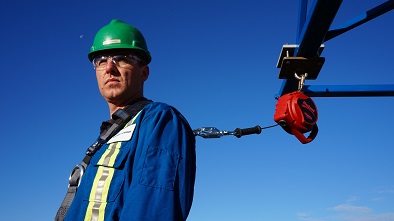
There are many different methods of attaching an anchor point to a structure in order to use the anchor for fall protection. Determining the method of fall protection anchor installation should be done by a qualified engineer.
In section 116 of the OH&S fall protection regulations it states that “ an Anchor point or Anchor plate means a secure connecting point capable of safely withstanding the impact forces applied by a fall protection system”.
It is extremely important that the structure we are attaching our fall protection anchors to is strong enough to handle the loads implied in the case of a fall. It is great to be tied off, but if what we are tying off to isn’t strong enough to hold the worker bad things can happen.
Not only should fall protection anchors be inspected annually, the structure they are attached to should be inspected on an annual basis to ensure they are safe to use by a qualified person. A visual inspection should be done on any anchor and attachment method prior to use by the worker.
If you are purchasing a pre-engineered fall protection anchor or fall protection lifeline system ensure whatever you are attaching these fall protection products to is going to withstand the forces incurred during a fall. The fall protection product you are using may be engineered but is what you are attaching to engineered?
Our Northern Strands Fall Protection Division can design and install fall protection systems. Plus, complete fall protection rescue plans and fall protection recertification.
Please contact us to learn more about our engineered fall protection systems, services and equipment.
Phone 306-242-7073
Email lifelines@northernstrands.com
webpage http://northerstrands.com/fall-protection.aspx
or download our brochure below
Northern Strands Fall Protection Brochure email version.pdf (1.4MB)
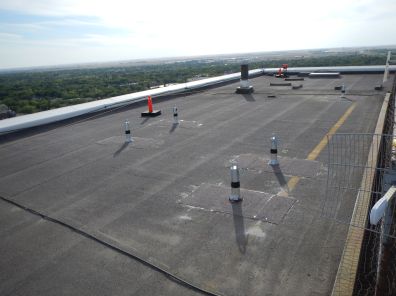
Northern Strands is proudly Saskatoon Saskatchewan owned and operated.
At Northern Strands our Fall Protection division regularly receives questions regarding OH&S fall protection regulations in Saskatchewan. One of the most popular questions being, "When is a fall protection control zone required?"
OH&S regulations state the following regarding control zones:
OH&S Reg. 116.2
-
An employer or contractor shall ensure that a control zone:
- Is only used if a worker can fall from a level surface in a work area; and
- Is not less than two meters wide when measured from the unguarded edge.
-
When crossing a control zone mentioned in subsection (1), a worker:
- Subject to subsection (4) in not required to use a fall protection system, other than the control zone, to enter or leave the work area; and
- Shall follow the most direct route to get to or from the unguarded edge.
-
An employer or contractor shall ensure that a control zone is clearly marked with an effective raised warning line or other equally effective method if a worker is working more than two metres from an unguarded edge.
-
An employer or contractor shall ensure that a worker who has to work within a control zone uses:
- A travel restraint system; or
- A means that is as equally effective as a travel restraint system and that prevents the worker from getting to the unguarded edge.
If you are working on a flat roof and do not have this in place there can be consequences such as fines for the worker and the contractor or owner. It's the law and we see too often roofs where people are working or required to work without control zones. Control zones are inexpensive and easy to install. Make sure you are aware this is not a suggestion but a requirement when working on a flat roof.
To learn more about control zones and Fall Protection Systems contact our Fall Protection Divisions
Phone 30-242-7073
Email lifelines@northernstrands.com
Or visit our fall protection webpage http://northernstrands.com/fall-protection.aspx
Northern Strands is proudly Saskatoon, Saskatchewan owned and operated.
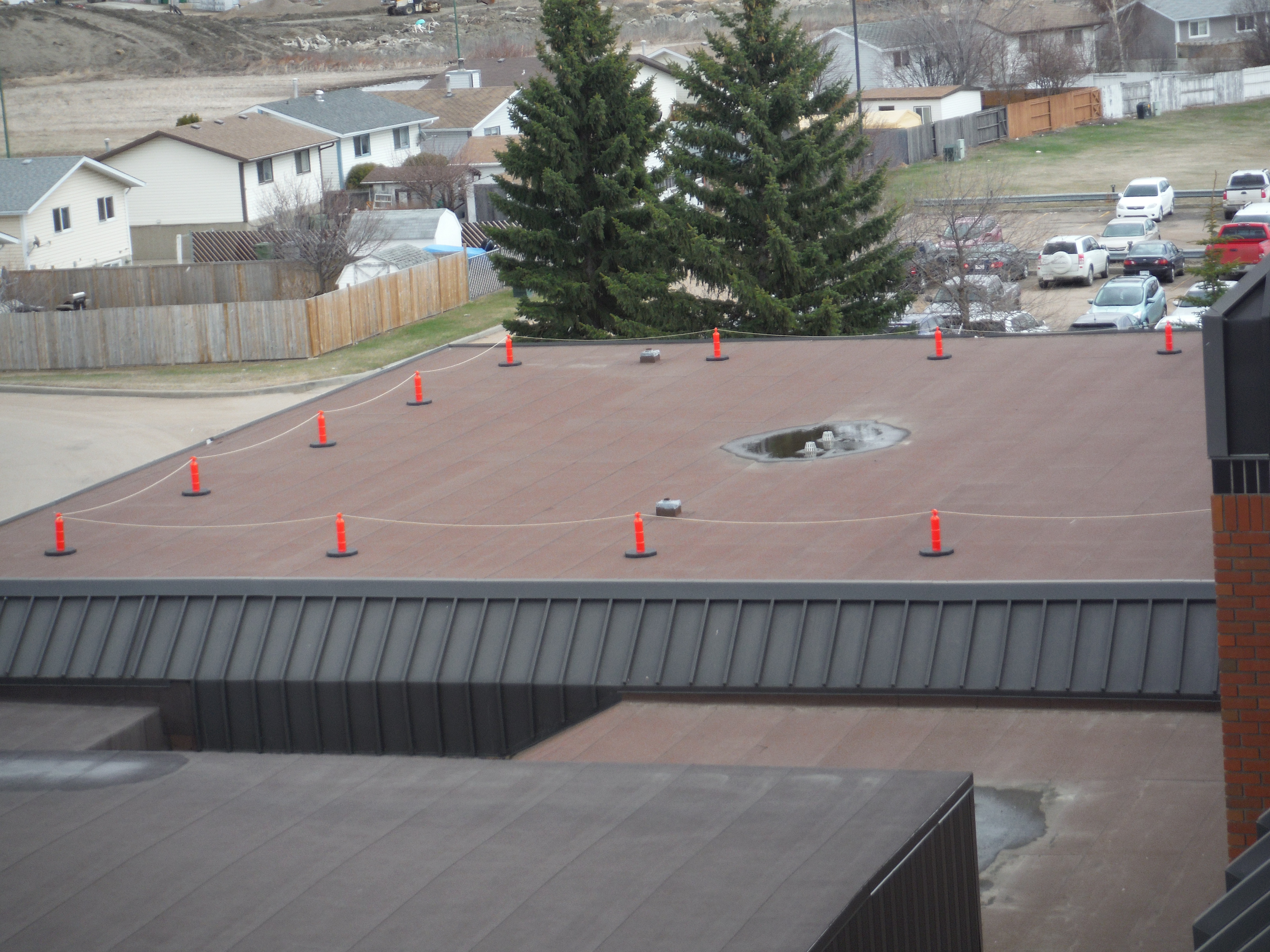
One of the most asked questions in Fall Arrest Training is, "Do my fall arrest harness straps need to be tight?". Yes, it is extremely important that your harness straps be tight and your harness fit properly. A degloving injury is one type of injury that can result from improper fitting of a fall arrest harness. Which is an extremely painful injury.
How do you know if your harness leg straps are fitted properly? One method is the Hand/Fist Test.
To determine if your fall arrest harness leg straps are adjusted properly, follow these basic steps:
1. Make your hand flat.
2. Insert your hand between your leg and the leg strap until the strap is across your wrist.
3. Make your hand into a fist.
4. Try to pull your fist in between the leg strap and your leg.
Did fist make it through? If so your leg straps need to be tightened until you cannot pull your fist out. If you weren’t able to complete step 2 above then your leg straps are actually too tight. As you may know, properly fitting the full body harness leg straps is just one small part of using fall arrest equipment.
To receive more information on proper fall arrest harness fitting, fall arrest equipment or fall protection training please contact the Northern Strands Safety Training Division at 306-242-7073, by email training@northernstrands.com or visit our website http://www.northernstrands.com/training.aspx
Attached is our recently completed Safety Training Brochure. This brochure contains information on safety training courses for the construction, mining and emergency responder industries.
Northern Strands Safety Training Brochure.pdf (2.34 mb)
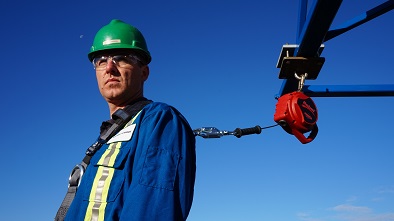
In addition to training, Northern Strands Engineered Fall Protection Division offers a variety of fall protection systems, solutions and services. Custom-engineered solutions can be designed to suit specific requirements. For more information you can call 306-242-7073, email lifelines@northernstrands.com or visit our website http://www.northernstrands.com/fall-protection.aspx
Northern Strands is proudly Saskatoon, Saskatchewan owned and operated.